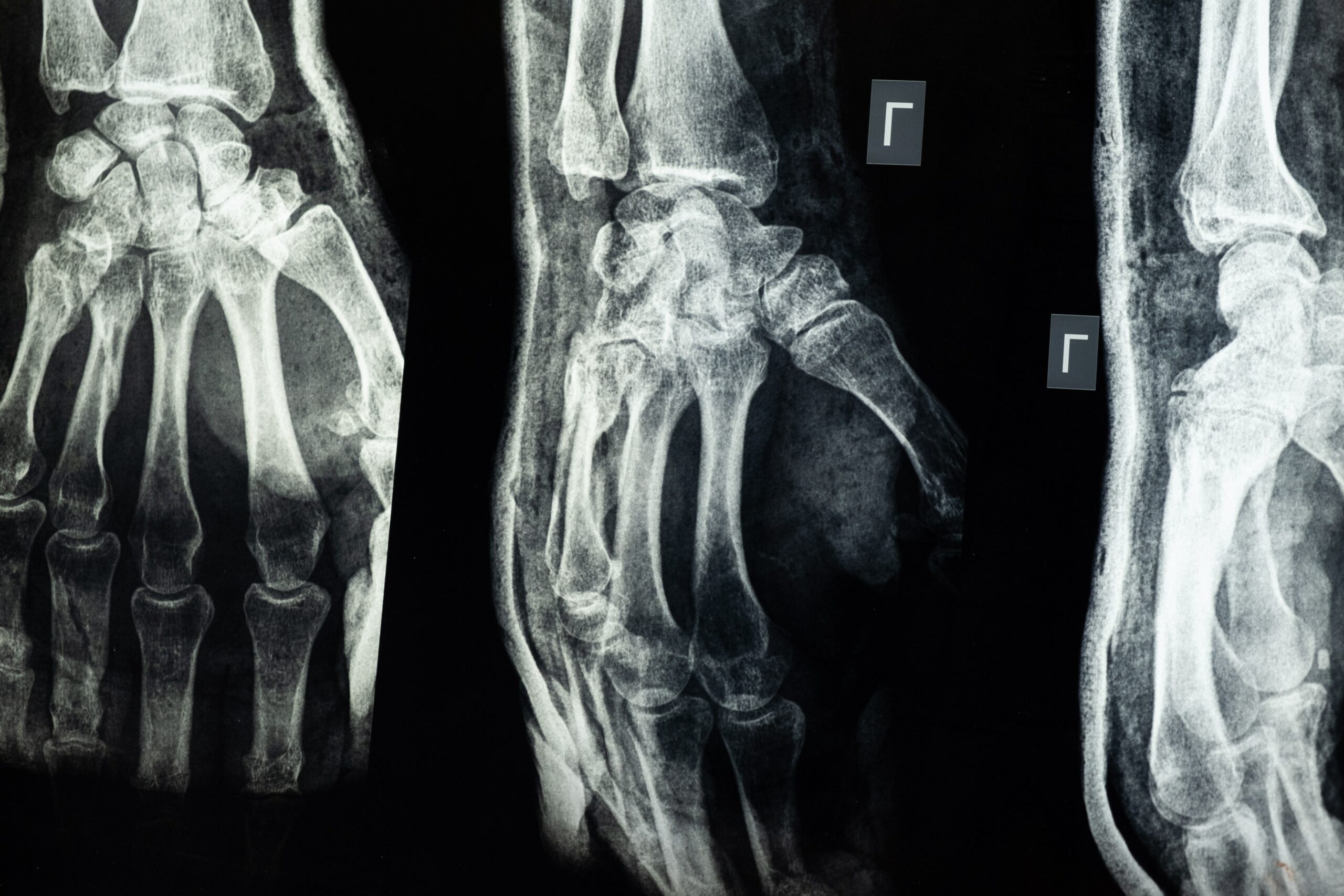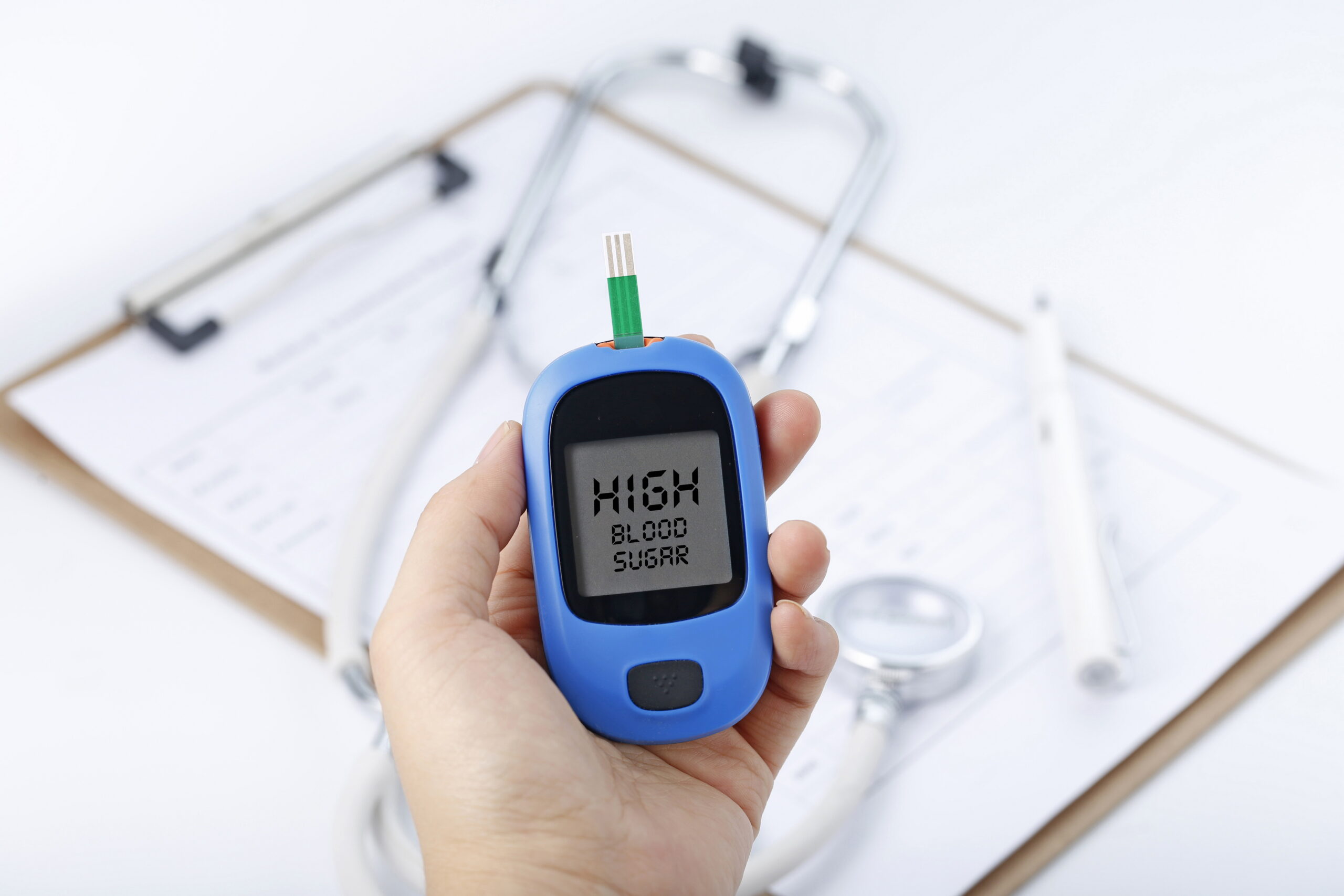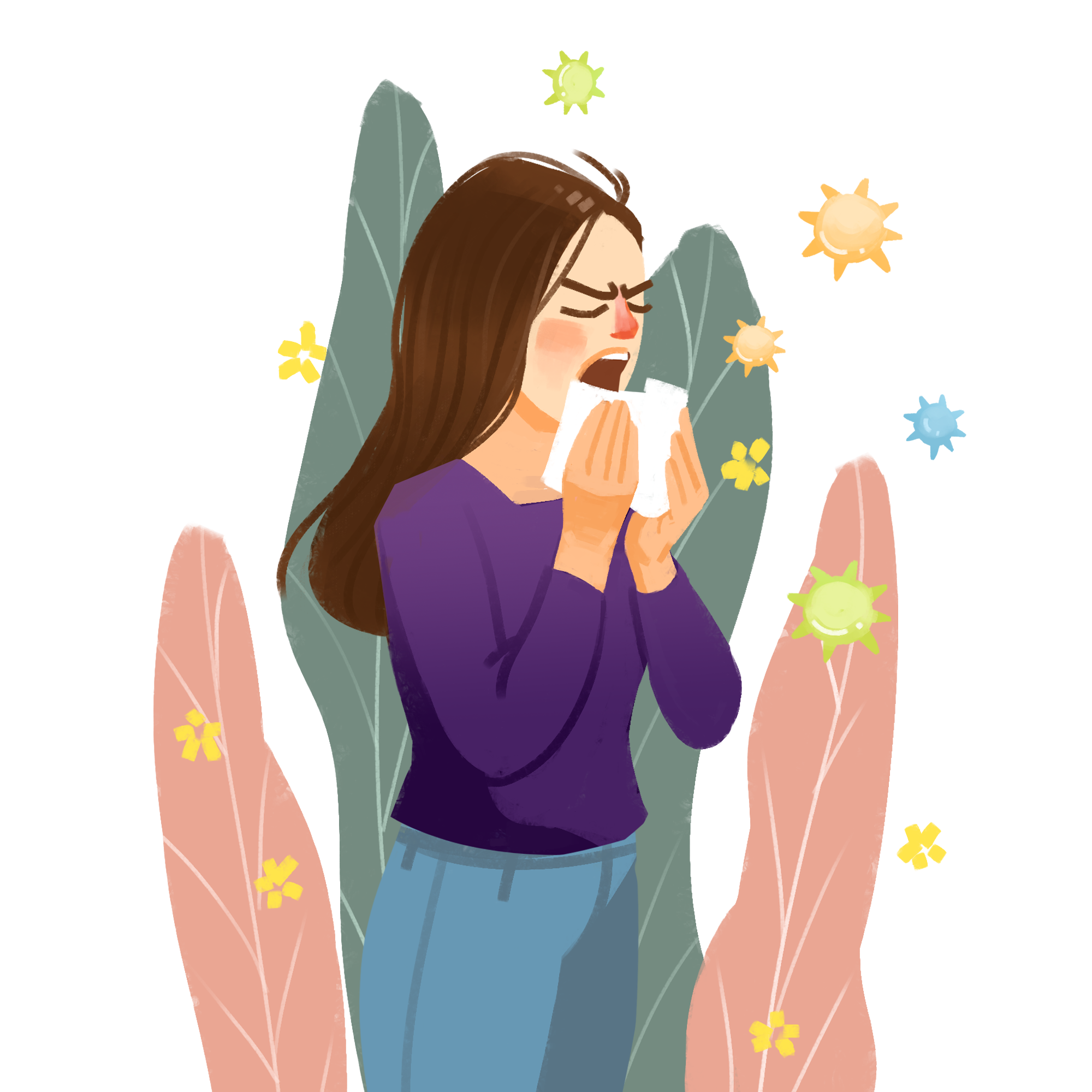Mental Health First Aid For Eating Disorders: Would you know if someone is suffering from an eating disorder?
Picky appetites, dramatic weight loss or gain, mood change, and extreme self-conscious feelings.
All of these can be normal temporary behaviours that anyone can experience once in a while. But would you know if the change in behaviour signals a more serious problem?
Eating disorders are more common than most of us think, but the signs are not always obvious. When it comes to this illness, a few red flags could indicate that someone is struggling, even if the person is not telling you about it.
What Are Eating Disorders?
Having eating disorders may mean that someone has problems with their attitudes to food, weight, body size, or image. All of these can lead to change in their eating and exercise behaviour which sometimes interfere with life and relationships.
It is important to know that eating disorders are not just about food and weight. It is also about vanity and willpower.
Eating disorders are potentially life-threatening mental illnesses. A person who has this disorder may experience serious disturbances in their diet and exercise. This is due to the distortion of thoughts and emotions they are experiencing, especially those with body image or self-worth issues.
People in all age groups, genders, and statuses can suffer from eating disorders. Take note that a person with an eating disorder can either be underweight or overweight. It can also occur in people within a healthy weight range.
Common Eating Disorders
Eating disorders are often characterised by having unhealthy thoughts or behaviours relating to food. The three of the most common eating disorders are:
- Anorexia Nervosa – restrictive food intake, eating in small quantities, or hardly eating at all. According to the National Institute of Mental Health, anorexia has the highest mortality rate of mental disorders among the three.
- Binge Eating Disorder–consumption of large amounts of food in a short period. People with binge eating disorders often struggle with being overweight or obese.
- Bulimia Nervosa– ‘purging’ or intentional vomiting or taking excessive laxatives.
How To Recognise If Someone Has An Eating Disorder?
Eating disorders are not easily recognised simply based on appearance. You can tell if someone has eating disorders through warning signs. These may include behavioural, physical, and psychological signs.
You may not be able to tell if the person has an eating disorder based simply on their appearance. So it is important to know the warning signs, including behavioural, physical, and psychological signs.
Here Are Some Warning Signs To Look Out For:
- Evidence of binge eating (excessive food hoarding)
- Evidence of forced vomiting or laxative use
- Excessive, obsessive, and unhealthy exercise patterns
- Avoiding social situations that involve food, or feeling anxious or guilty about eating around others.
- Irritability, anxiety, depression, or mood swings
- Dizziness, fatigue, stomach pain, irregular menstrual cycles, and other physical symptoms.
How To Provide Mental Health First Aid For Eating Disorders?
We recommend taking the following steps when administering Mental Health First Aid to someone with an eating disorder.
- Assess the person for any risk of suicide or self-harm
- Listen non-judgmentally
- Give them reassurance and information
- Encourage seeking professional help
- Encourage self-help programs and other support strategies
All of these you can do before, during, or after a mental first aid emergency until professional help is available.
Early Intervention Is Key
If you notice warning signs to a friend, loved one, or co-worker, start a conversation to know how they are feeling. Consider seeking professional help if the person needs it.
Eating disorders are treatable. Early mental health first aid intervention is the key to recovery.
For more information, reach out to our team at the First Aid Course Perth
Why Manual Handling is Important: There can be various activities at the workplace which might involve manual handling. Understanding what activities are hazardous and what methods to put in place to avoid long-term damage.
Some Hazardous Manual Handling Situations Can Be:
- Repetitive movement
- Repetitive or sustained force
- High or sudden force
- Sustained or awkward postures
- Exposure to vibration.
Employers are encouraged to make sure appropriate steps are in place. However, if this is not the case, it can be useful to know some easy methods to safely lift or encourage your employer to implement a risk assessment plan.
A risk assessment identifies the different body positions, postures, movements and forces, which might occur when doing a specific manual handling task. Identify if previous injuries have occurred in that location and discuss with other workers if these specific locations or tasks are cause for concern.
Ways To Reduce The Risk:
- Lighten Loads (break loads into smaller quantities)
- → If possible, carry less multiple times. Even if it takes more time, it is essential not to overdo yourself. As the time taken might be longer, however, you might overdo yourself if the load is too large.
- Reduce Bending, Twisting, Reaching Movements
- → Try to keep your back straight and the item close to your hips.
- Use Team Lifting
- → If possible, ask for help. Having two or three people can significantly reduce the amount picked up and reduce any injury.
- Use Mechanical Assistance (e.g. trolleys and adjustable height workbenches and seating)
- Prevent Muscle Strain And Fatigue. This includes warming up before working, taking rest breaks, and allowing time to get used to a new task.
- Analyse The Environment Before Moving Equipment. Make sure there is no slippery surface, and if there is an uneven surface, make sure to take note. This could result in ankle strain and sprain. If the surface is slippery, it might be possible to reduce slipperiness with a matt.
Why Is Training For Manual Handling Necessary?
Training for manual handling can prevent potential workplace safety hazards. It provides excellent techniques to avoid pulling muscles or back pain which might happen if appropriate care is not taken!
What Should You Do If Someone Injures Themselves From Manual Handling?
There are multiple possible injuries involved with manual handling. Such as cuts, bruises, neck and back injuries, strains and sprains.
If this happens, it is important to know how to apply aid to these issues. A first aid course is fundamental when it comes to aiding those injured. It helps you understand how someone is injured and then provides the appropriate care.
If there are any injuries, for example, an injury where someone has sprained their arm. It might be helpful to know how to make a sling.
Making sure your workplace safety kit is fully stocked is essential when dealing with an injury. Whilst workplace safety kits might only have basic first aid equipment; they can provide vital aid when dealing with an injury.
What Does Manual Handling Training Include?
Manual Handling training can greatly decrease the risk of injury. It provides appropriate risk assessment techniques, possible hazards and great techniques for picking up and moving heavy objects. It also helps you understand the load of the item and the placement of the item, procedures for manual handling, and minimises workplace risk.
The First Aid Course Perth offers a great manual handling course. This course provides safer manual handling details and can be used for a variety of different occupations. It is a nationally accredited course and highly recommended. Click here to check it out.






